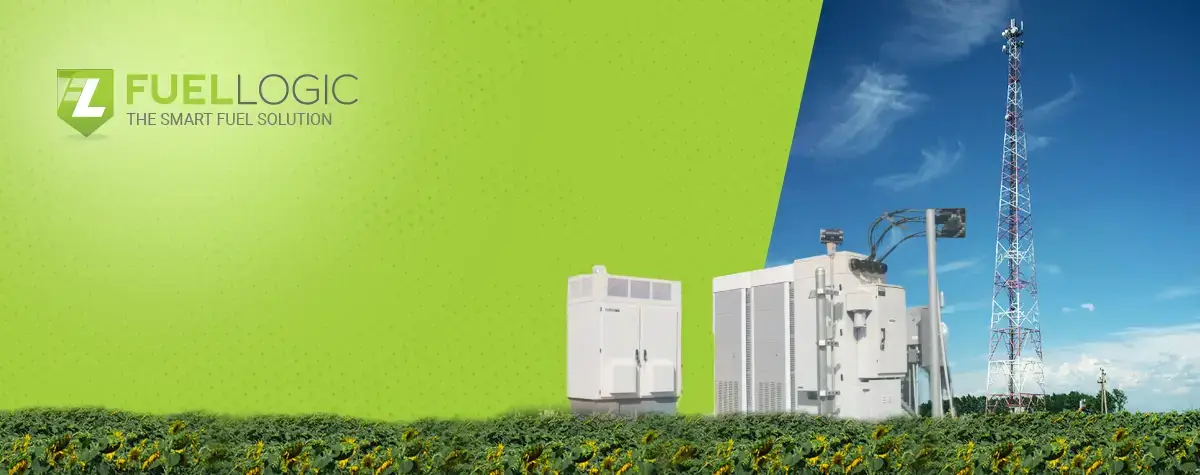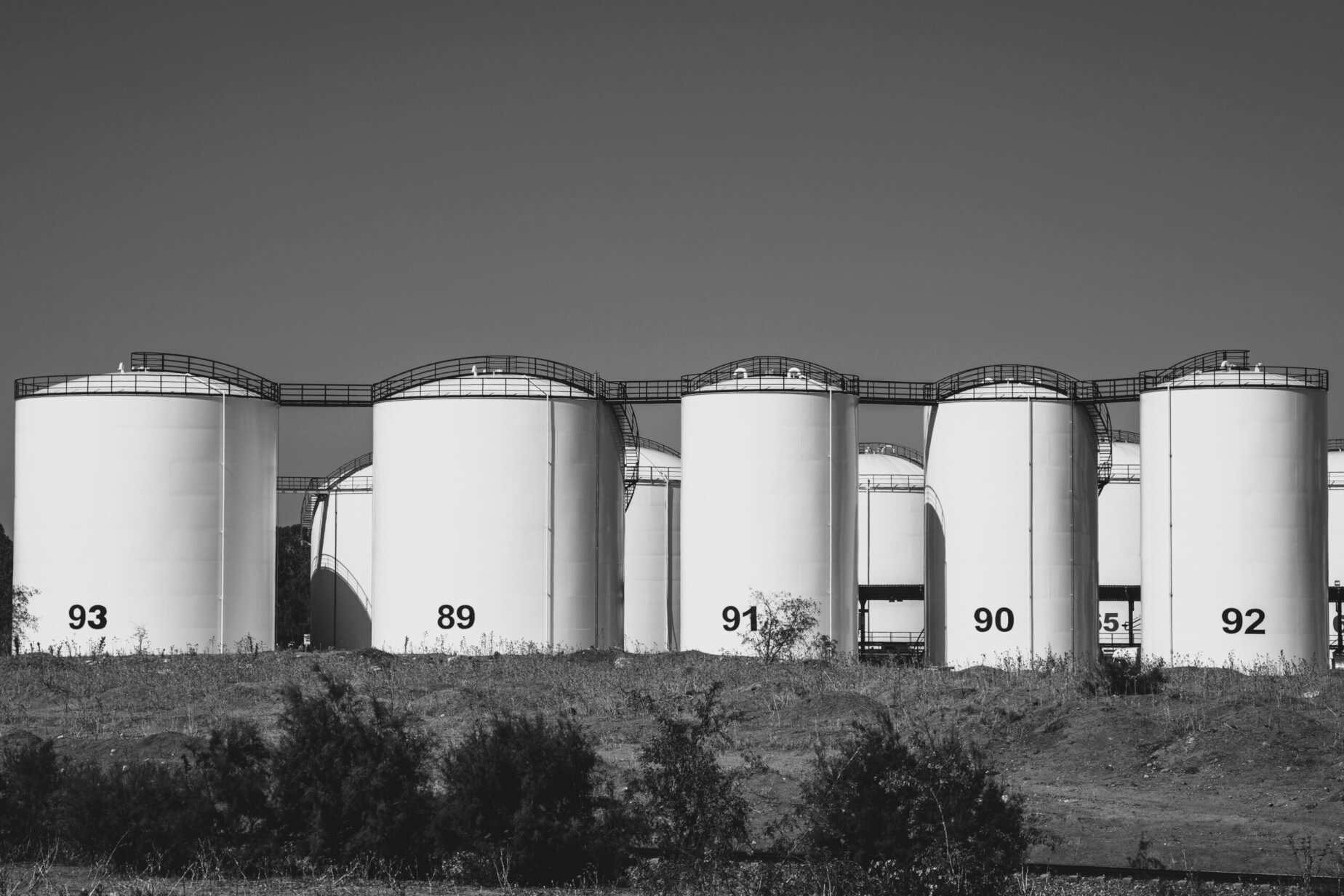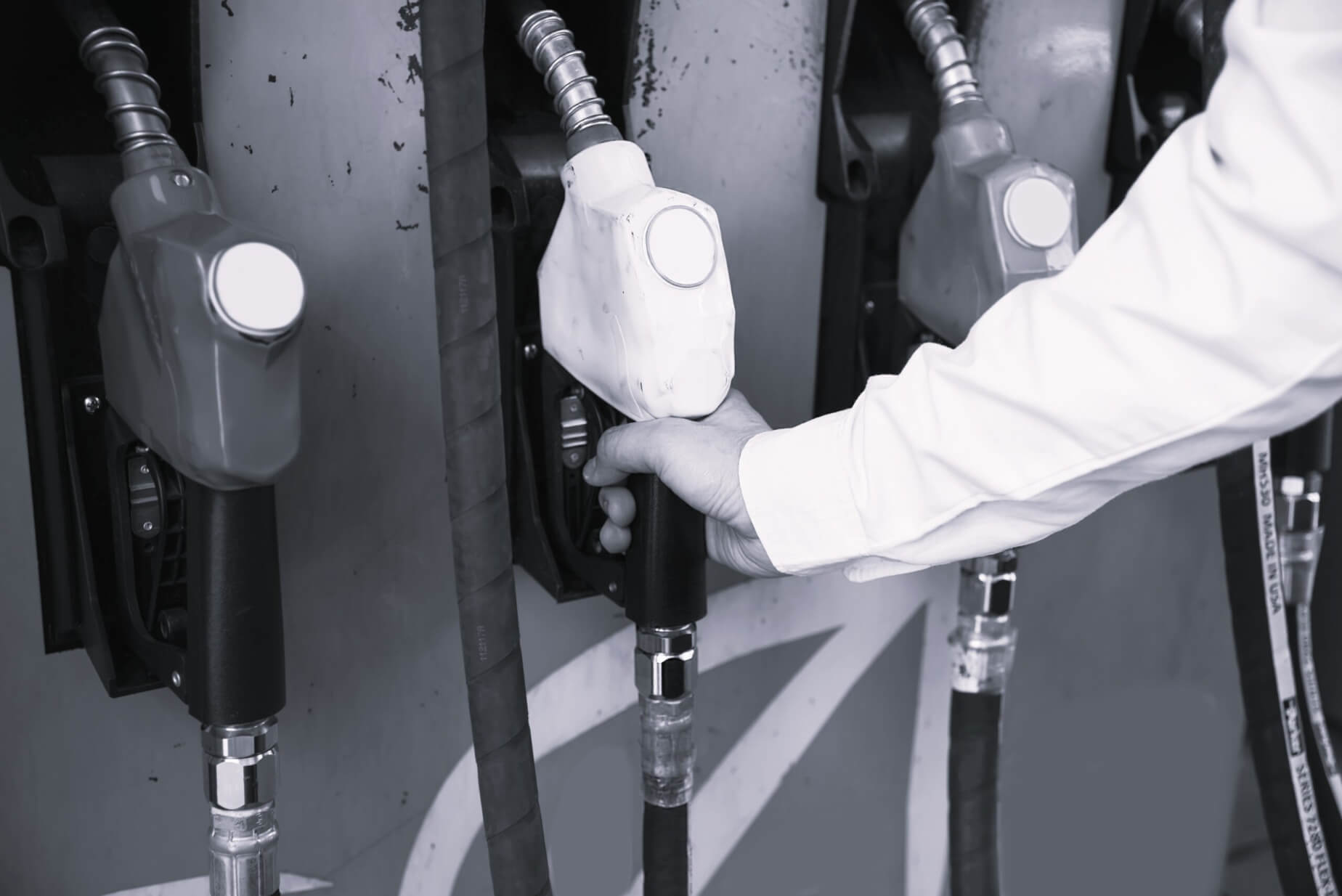Cell Towers and Their Backup Power Requirements
A reliable phone network is not just a convenience but a necessity, especially during emergencies. Therefore, telecom providers depend on backup power to ensure a constant power supply.
The backup power for cell towers becomes crucial to notify responders and call centers during crises, ultimately saving lives. It helps prevent prolonged power outages and keeps cell towers running smoothly.
Let’s delve into cell towers’ specifics and backup power requirements.
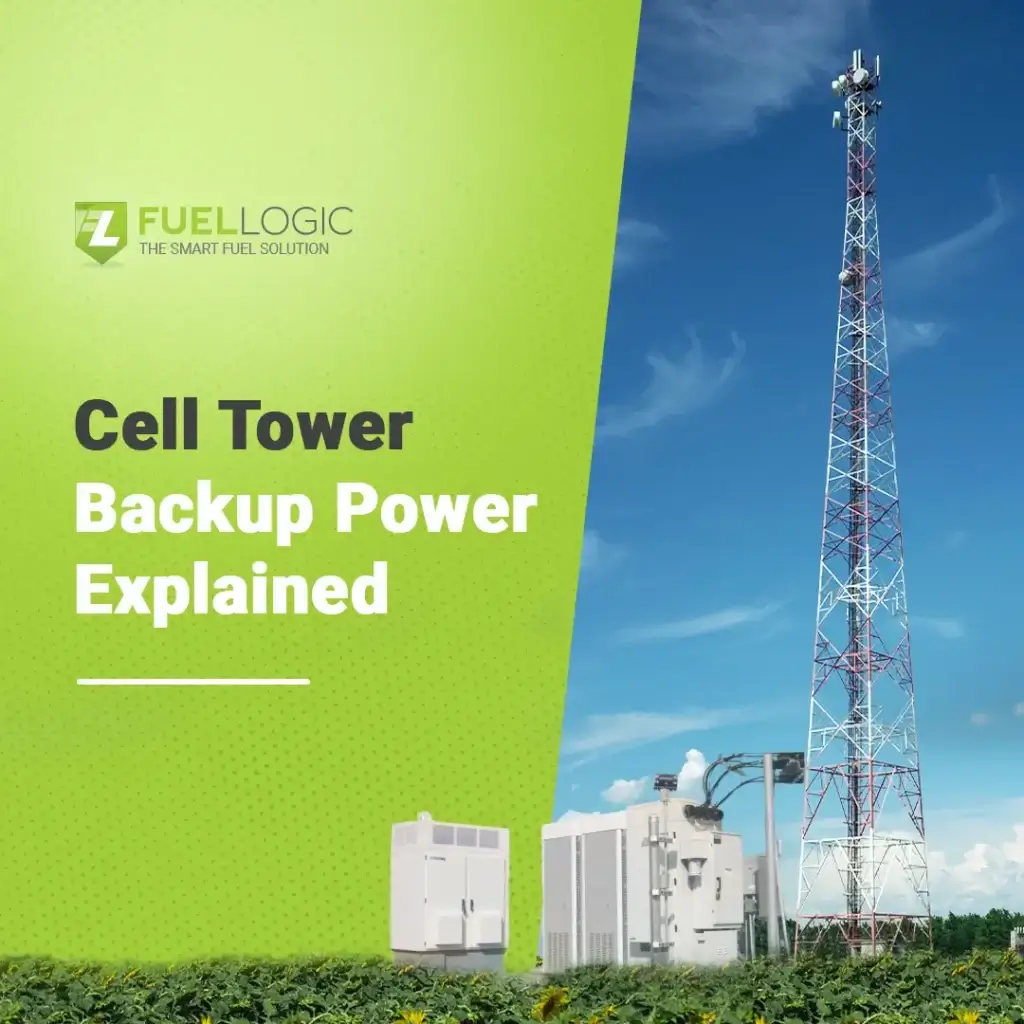
Cell Towers and their Working Mechanism
Cell towers, also called cell sites, are pivotal points for wireless communication in our connected world. These structures involve essential equipment and antennae, enabling the use of wireless communication devices like phones and radios in the surrounding areas.
In 1978, AT&T Inc., a prominent American multinational telecommunications holding company, rolled out experimental cell towers in Chicagoland. Five years later, by October 1983, commercial cell phone towers were established.
As of the end of 2022, a comprehensive report from the Wireless Infrastructure Association (WIA) highlighted the U.S. wireless infrastructure landscape, revealing 142,100 cell towers and 452,200 outdoor small cell nodes across the country.
Working Mechanism of a Cell Tower:
Cell towers have antennas, transmitters, and receivers to facilitate seamless wireless communication. These tall structures send and receive radio signals to and from mobile devices. It allows them to cover a specific area and handle multiple connections simultaneously.
Antennas on the tower help with this communication by transmitting signals. The base station oversees the interaction between the tower and mobile devices, ensuring smooth connections for calls and data.
What are the Essential Components of a Cell Tower?
A cell tower comprises several important parts that allow it to offer wireless communication to mobile phones and tablets. Some key components include:
Antennas
Antennas transmit and receive radio frequency (RF) signals to and from cell phones. Cell towers feature multiple antennas, each operating at different frequencies. These antennas are strategically placed on the tower structure at different heights to optimize signal coverage and efficiency.
Transceiver Unit
The transceiver, or radio unit, ensures efficient, high-speed communication between the tower and mobile devices. In modern cell phone towers, especially those utilizing 4G/LTE and 5G technologies, a Remote Radio Unit (RRU) is commonly placed on the top of the tower structure.
Baseband Unit (BBU)
The Baseband Unit (BBU) is located at the bottom of the cell tower. It manages communication protocols, handling the setup, maintenance, and termination of calls or data sessions.
Backup Power Systems
Cell towers rely on diesel generators or battery banks for backup power during a power outage. These serve as emergency power sources to ensure continuous operation.
Cabling Infrastructure
Cabling, such as coaxial and fiber lines, transmits signals between the antenna and the base station (or vice versa) on a cell tower.
Cabinets and Shelters
Cabinets and shelters are the buildings at the base of cell phone towers that house communication, radio, and network equipment. They provide protective enclosures for essential components.
Do Cell Towers Have Backup Power?
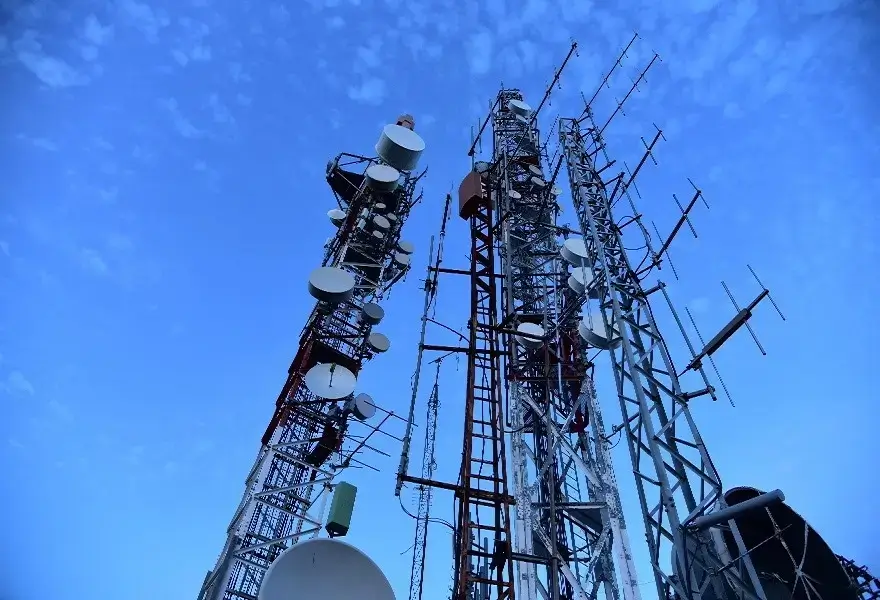
In today’s world, we heavily rely on cell phones, especially during emergencies. That’s why cell tower backup power is crucial. Cell towers have batteries and backup generators running on diesel or propane to ensure they keep working, providing coverage even during power outages.
The backup power for cell towers is vital for daily communication and becomes a lifeline during storms or emergencies. It helps people connect with loved ones and enable emergency responders to share important information. It’s worth noting that cell towers definitely have backup power for reinforcing reliable connections in critical situations.
Above all, the Federal Communications Commission (FCC) has also mandated that cell sites must have eight hours of backup power.
What are the Sources of Backup Power for Cell Towers?
The backup sources are required to keep a cell tower running when it loses power. Telecommunications facilities typically have at least an eight-hour backup, often required by regulations.
However, in areas prone to extended power outages, like those at risk during hurricanes, a backup capability of 24 to 72 hours is needed. To meet these requirements, providers use a mix of these three backup power technologies;
Fuel Cells
Fuel cells effectively use hydrogen as fuel to meet different energy requirements. They use proton electrolyte membrane (PEM) technology for backup energy to provide DC power.
These fuel cells work at lower temperatures and start quickly. A set of compressed hydrogen storage containers usually fuels these cells. Many of them also have built-in batteries or ultracapacitors to give instant power to cell towers.
Batteries
Batteries are a common backup power source for cell towers, delivering direct current (DC) power. Lead-acid batteries stay charged with grid power and release stored electricity as backup power.
However, their power supply is limited to what’s stored. Moreover, challenging weather conditions can also affect their performance. However, advanced battery systems are on the rise to protect against downtime in case one battery malfunctions.
Diesel Generators
Generators emerge as the primary powerhouse for cell towers’ backup power, especially in remote or off-grid locations. They use diesel fuel to generate the required alternating current (AC) power. Generators can be activated either automatically or manually.
Many critical cell towers use generators as the backup energy source if the main power goes out. Some towers, especially those using natural gas, have a direct natural gas source piped in to fuel their backup generators.
What are the Key Considerations to Optimize Backup Power Systems for Cell Towers?
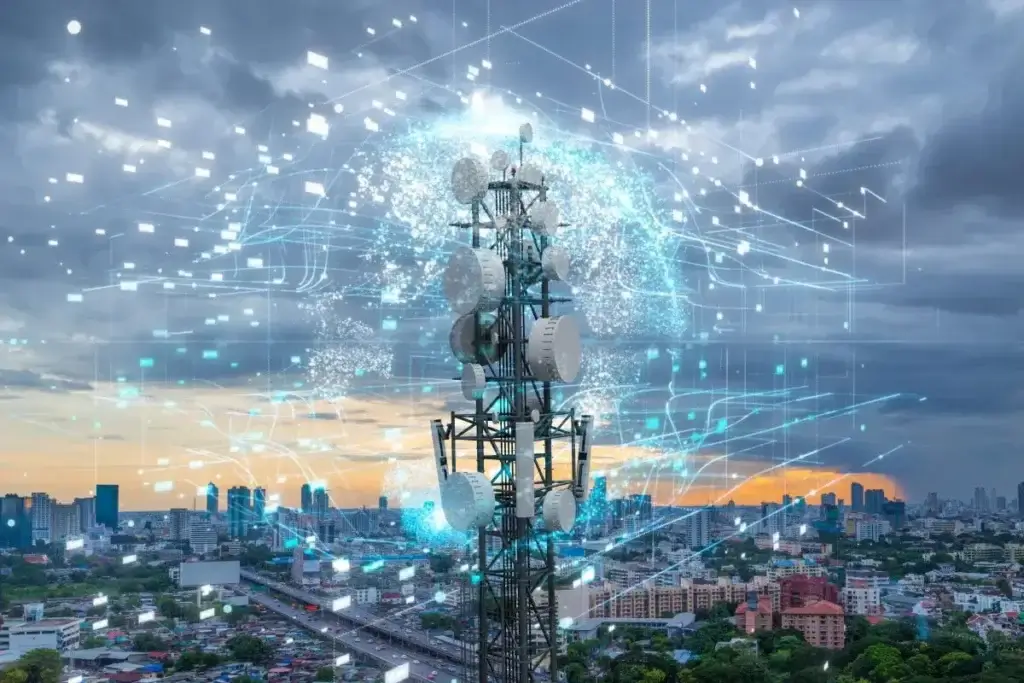
The following are some primary considerations that can help optimize the cell towers’ backup power:
Location
The location of a cell tower significantly influences the optimization of backup power systems. Factors such as the geographic environment, climate conditions, and accessibility are critical in customizing solutions that can effectively withstand challenges, including natural disasters and adverse weather conditions.
Following the local rules and being close to fuel suppliers is also important to ensure everything runs smoothly.
Backup Power Duration
When setting up backup power for cell towers, figuring out how long it needs to last is essential. It is crucial in places where power outages can last a while. Cell sites should have enough backup power to keep everything running, even during prolonged outages.
A question might arise here: Which backup power source is reliable for cell towers?
Diesel fuel generators are the preferred backup power source for cell towers due to their versatility, longer runtime, and continuous power provision without frequent refueling. They outshine fuel cells and batteries, as diesel fuel is more accessible than hydrogen, and the latter is expensive to produce. Moreover, generators also surpass batteries in power generation and don’t require frequent replacements.
Integration of Multiple Power Sources
Integrating multiple power sources, like fuel cells, generators, and batteries, is vital for optimizing cell tower backup power. In North America and Europe, operators often use a single diesel generator for emergencies, but in developing countries, two generators are commonly used. These generators alternate weekly for continuous power supply, determined by the Automatic Transfer Switch (ATS) interval.
Seek Assistance from Fuel Logic! Your Go-To Fuel Delivery Option
Managing large quantities becomes necessary to ensure a steady fuel supply for the widely used diesel generators in cell towers. Fuel Logic alleviates the challenges of transporting diesel containers with proper route planning to fuel stations and the subsequent hassle of refilling generators.
Fuel Logic handles your fuel logistics and ensures your cell sites run uninterrupted. With Fuel Logic, you can simplify the process by making a call, and we will be at your doorstep to provide diesel generator refueling service.

